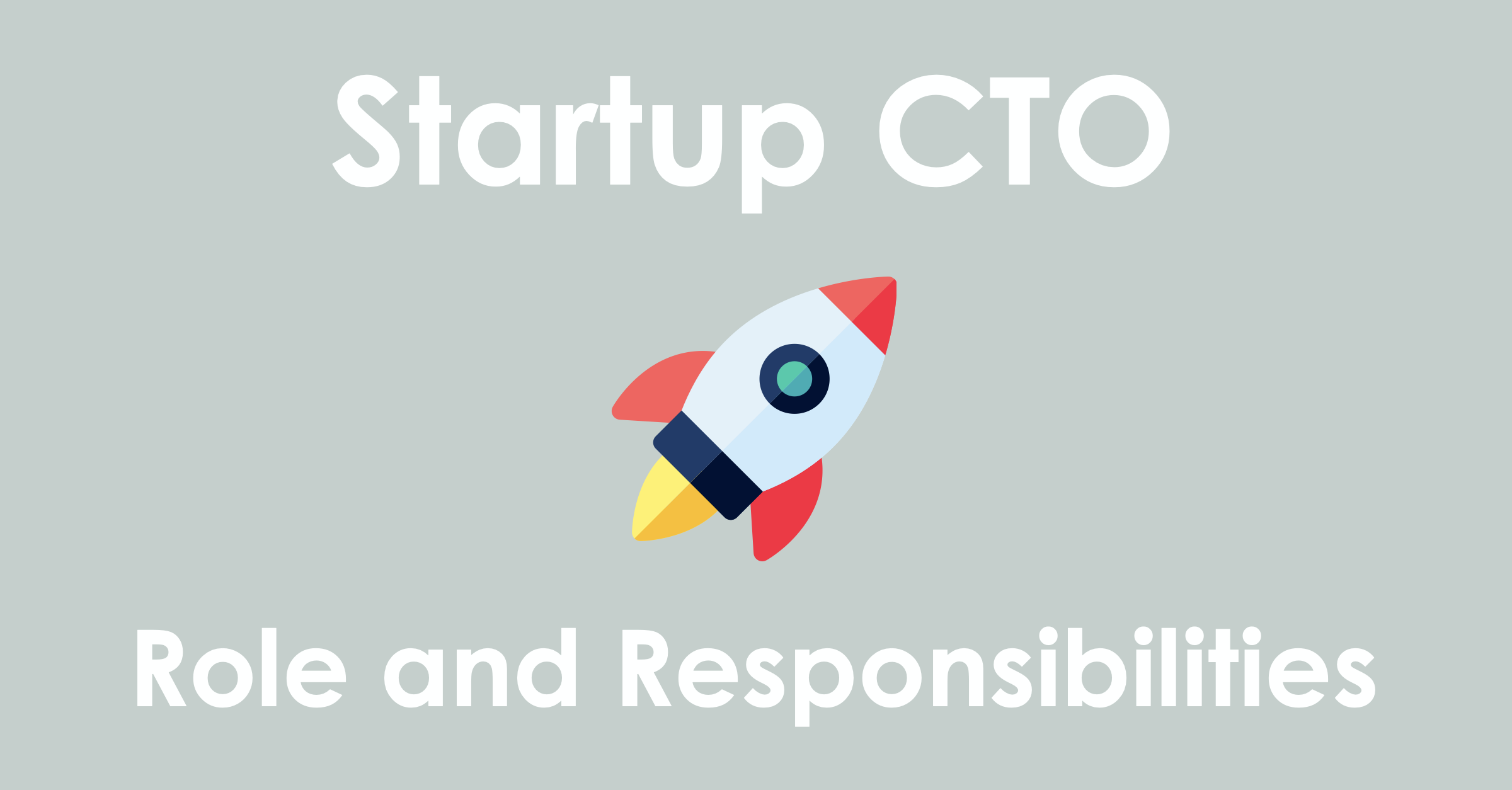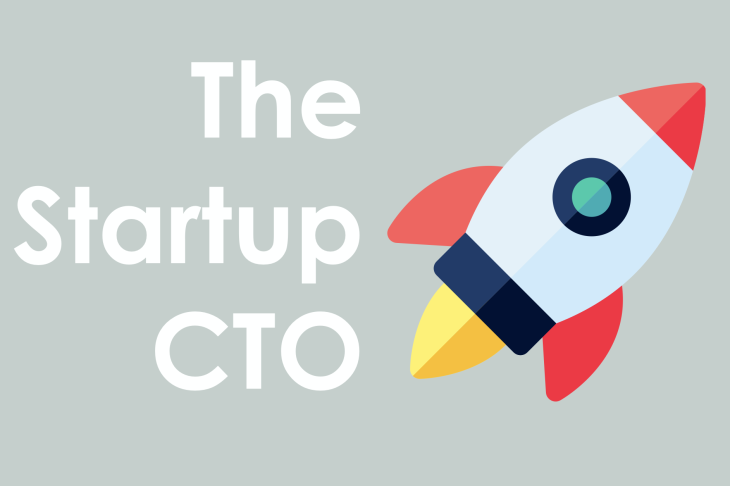
Startup CTO: Role and Responsibilities
In an early-stage startup, there are fantastic visions for the future and an almost endless stream of wild product ideas. The Chief Technology Officer (CTO) is responsible for transforming these wild ideas into a functional product that exceeds the expectations of real-world customers.
In the archetypal two-person startup, the non-technical co-founder — typically the CEO — serves as the visionary and dreamer (think: Steve Jobs), while the technical co-founder, the CTO, plays the crucial role of the engineer and builder (think: Steve Wozniak) who brings the startup’s product to life.
However, whether it’s a one-person or two-person startup or a scale-up with a growing executive team, there are core technical responsibilities that must be addressed by the startup. The younger the startup, the more likely these responsibilities need to be handled by the CTO:
- Product: Determining the functionality to build to delight users the most. This can include feature discovery, UI/UX design for new features, and prioritization of product ideas.
- Development: Develop the product that the startup is selling. This includes building the various apps and services comprising the product, such as a native mobile app, backend, and back-office tools. It also involves addressing non-functional aspects, such as security.
- Testing: Ensure the delivered software is of high quality and won’t disappoint users. This involves activities such as automated testing (from unit to E2E), manual/smoke testing (ensuring the feature delights the user), and penetration testing (for security).
- Support: Once the product is launched and users are onboard, support cases will begin to arise, whether due to bugs or missing functionality preventing users from extracting maximum value from the product. This responsibility involves addressing these incoming cases. While often challenging, it’s an incredible opportunity to learn more about users and how they engage with the system.
- DevOps: Manage all the necessary infrastructure (servers and databases) and tools (IDEs, CI/CD pipelines) required to build and run the product.
- Data/Analytics: Provide analytics on how the product is performing on metrics such as Monthly Active Users (MAU) and observe user behavior within it. With the growing importance of AI, the responsibility for data is likely to expand both in scope (including data engineering and data science) and significance.
- Internal IT: Manage tools essential for running the company, but unrelated to software development, such as HubSpot or Google Workspace. Fortunately, this responsibility has significantly diminished over the last 10 years, thanks to the shift to the cloud.
All these responsibilities need not be taken care of by the CTO, especially as the startup enters Series A and beyond. However, they will need to be handled by someone in the startup. For instance, over time, the company might hire a CPO to handle Product responsibility or a CIO to manage Internal IT.
Furthermore, the exact distribution of responsibilities will depend on the composition of the leadership team. For instance, the CEO might take on product responsibilities, or the COO could handle Internal IT.
Many of the responsibilities can be divided. For example, Customer Success can manage first-level support, leaving the CTO to handle second-level support. In testing, the CTO might take care of automated testing (unit tests, service tests, and end-to-end tests), while delegating UI/UX testing and functional testing (ensuring the delivered software meets user needs) to someone else.
My advice is that the most crucial task for a CTO in a startup is to establish a development cycle capable of consistently delivering new features, bug fixes, and refactoring. Building and growing the product should be the top priority for a startup. Following this, consider delegating technical responsibilities not directly related to development, such as Internal IT, to other team members.
A word of warning, though: do not isolate the CTO from customer contact (for instance, by removing them entirely from product, support, and analytics). I firmly believe that the CTO needs customer contact to stay linked to reality. While support may seem mundane and thankless, there is a surprising tendency for startups that take a support-driven approach to development, like Kayak or Wufoo, to perform remarkably well.
So, in summary, if you listen to your customers and develop rapidly and continuously based on their inputs, you can afford to make mistakes in other areas and still succeed as a CTO.

